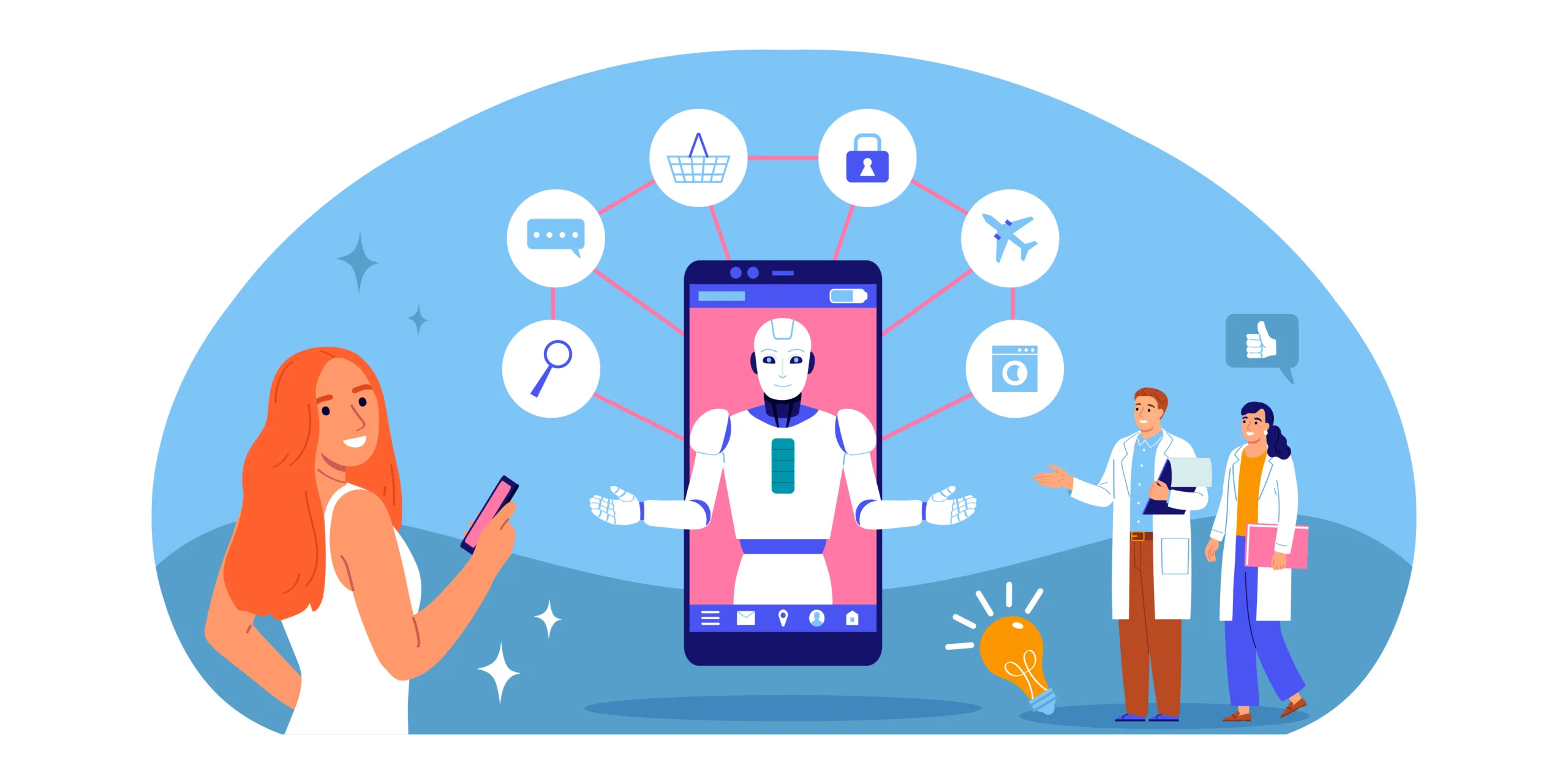
Healthcare apps now help with diagnosis, patient tracking, and doctor-patient communication. They support faster decisions and better care.
These tools are becoming a key part of the healthcare system. Hospitals and clinics are using them to reduce errors and improve access to data.
As these systems grow, security and scalability issues come forward. Both are now critical to protect patient data and support large user numbers.
This article looks at how digital healthcare is changing and why strong, secure systems are needed for the future.
The Role of Healthcare App Development in Digital Medicine
The process of healthcare application development begins with clear objectives. These tend to involve improved access to care, improved communication, and reduced paperwork. The medical professionals cooperate with the developers and define what the app is expected to accomplish.
Some of the most common ones are patient portals, systems of scheduling appointments, and mobile diagnostic tools. Such devices assist physicians and patients in saving time and preventing mistakes.
A strong focus is placed on user-centric design. The app must be easy to use for both staff and patients. Developers also need to make sure the app works well with other systems. This is called interoperability. Another key part of healthcare app development is legal compliance.
Apps must follow strict health data laws. After planning and design, the app is built, tested, and deployed. Testing checks for bugs and data safety.
Once approved, it can be used in clinics, hospitals, or at home. Every step should have a balance between medical requirements, safety of the users, and the needs of the system. This careful process helps create tools that support better care and smarter decisions in healthcare.
Foundations of Reliable Medical Apps
Sensitive patient data is processed and stored in medical apps. This consists of health records, prescriptions, and test outcomes. It can be very detrimental to identity and medical fraud, among other things, in case of any data breach. This is why security and compliance are critical development components.
The U.S. HIPAA and the European Union GDPR have clear regulations. They specify the way patient data should be collected, stored, and shared. Such laws are applicable not only to hospitals or clinics, but also to third-party app providers.
To follow these rules, developers use strict security tools. End-to-end encryption protects data during transfer. Secure APIs prevent unauthorized access between systems. Multi-factor authentication adds another layer of safety.
These systems are usually used in large hospitals and telemedicine platforms. They have to demonstrate that their applications are legal and technical. Violation may result in fines and loss of confidence.
Why Scalability Defines the Future of Medical App Development?
Medical apps must support more users, more data, and more devices over time. Technical tools help achieve this. Load balancing spreads traffic across servers. Cloud infrastructure allows storage and computing to expand fast. Modular architecture lets parts of the app update without breaking the whole system.
Scalable apps are useful during high demand. Hospitals saw this during the COVID-19 pandemic. Systems needed to handle large numbers of patient records and online consultations. Vaccination drives also created pressure on booking tools and data tracking.
By planning for growth, developers avoid crashes and delays. Scalability makes sure medical tools stay reliable when they are needed most. It is now a basic part of the modern healthcare system design.
Real-World Examples of Secure and Scalable Healthcare Solutions
Mayo Clinic is one of the hospitals that have a secure healthcare app enabling patients to get their test results, appointments, and communicate with doctors. The UK NHS is in charge of maintaining digital records of millions of patients, and the access and storage rules are strict.
Telehealth platforms like Teladoc use cloud-based systems to support remote care across regions. The table below compares three real systems:
| Healthcare Provider / App Name | Security Approach | Scalability Method | Key Benefit |
| Mayo Clinic App | Two-factor authentication | Cloud hosting | Easy access to personal records |
| NHS Digital | Data encryption, user roles | Centralized system | National record availability |
| Teladoc Health | Encrypted video calls | Scalable cloud servers | Remote care during peak demand |
Future Trends
Healthcare apps are moving toward smarter, more connected systems. The tools that use AI are assisting physicians in quicker diagnostics and early risk detection. Patterns of data are used in these systems to aid decision making and minimise human error.
Conclusion
Remote monitoring tools are fostering telemedicine. Chronic patients are now able to transmit health data out of the home.
Data security in healthcare supports long-term gains in access, prevention, and efficiency. Clinics can handle more patients. Doctors get better tools for early action. Patients benefit from care that is faster and more personalized.

